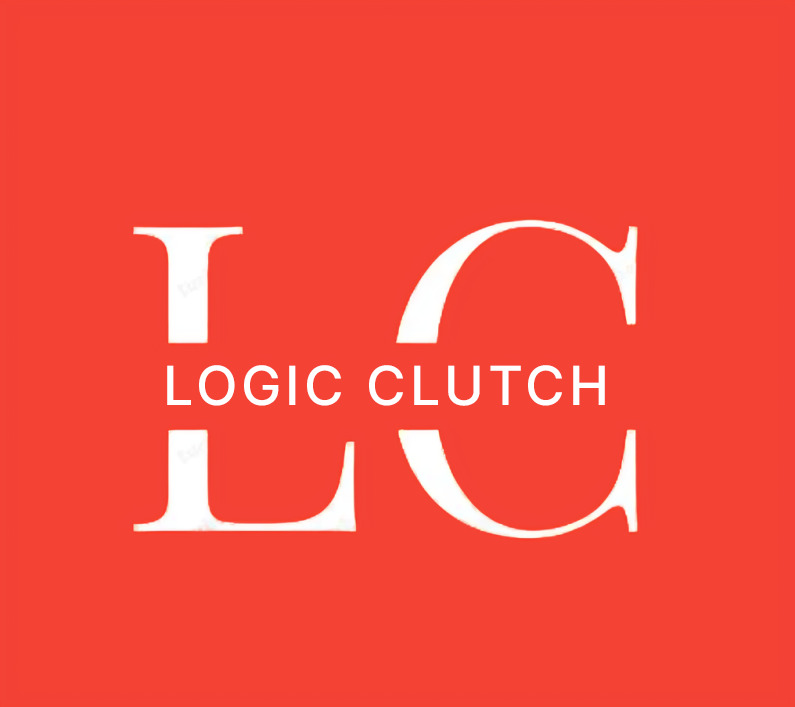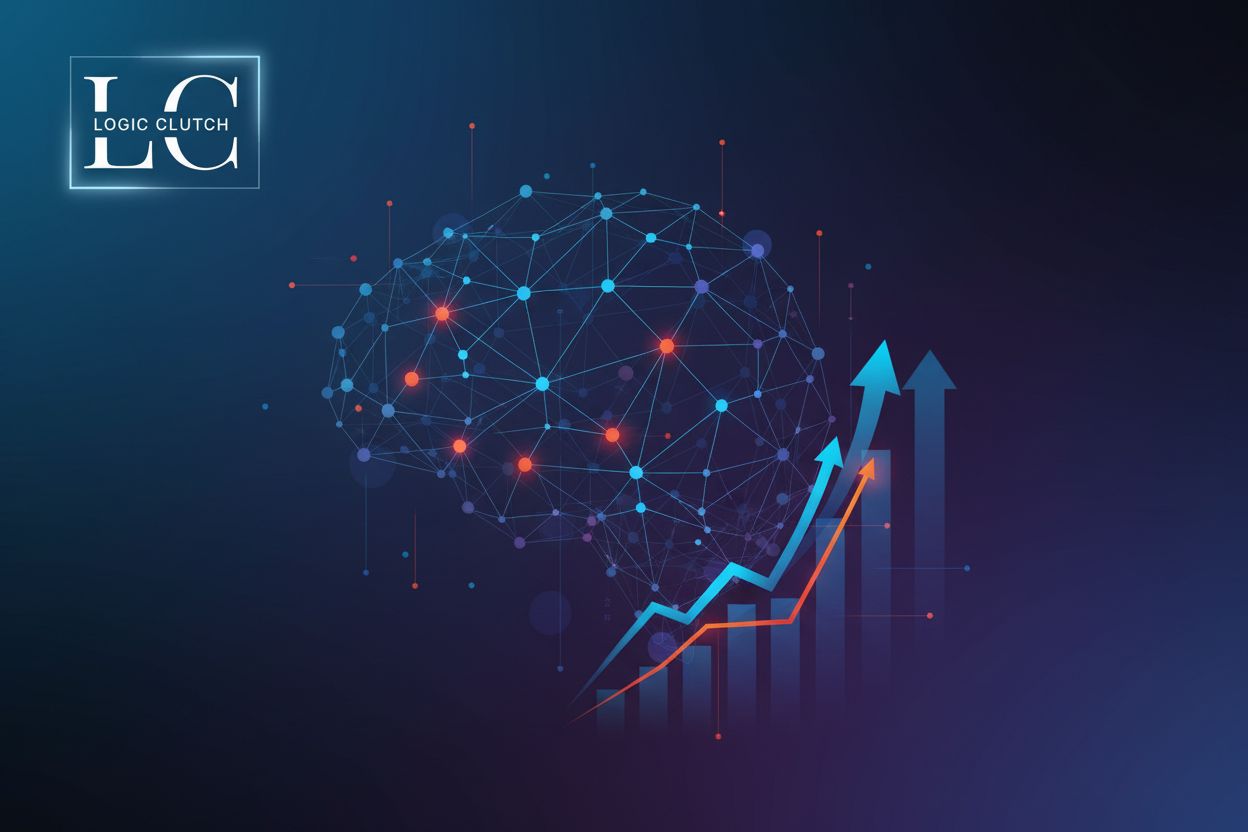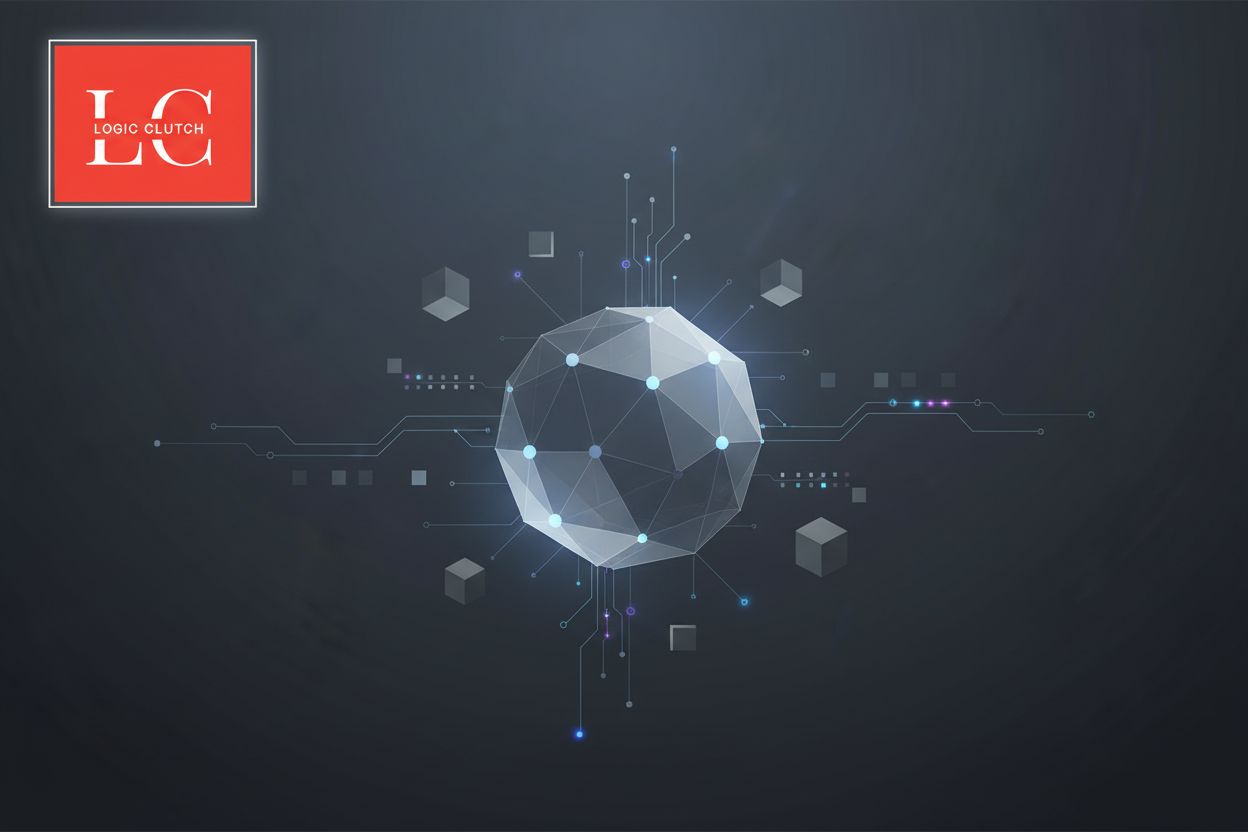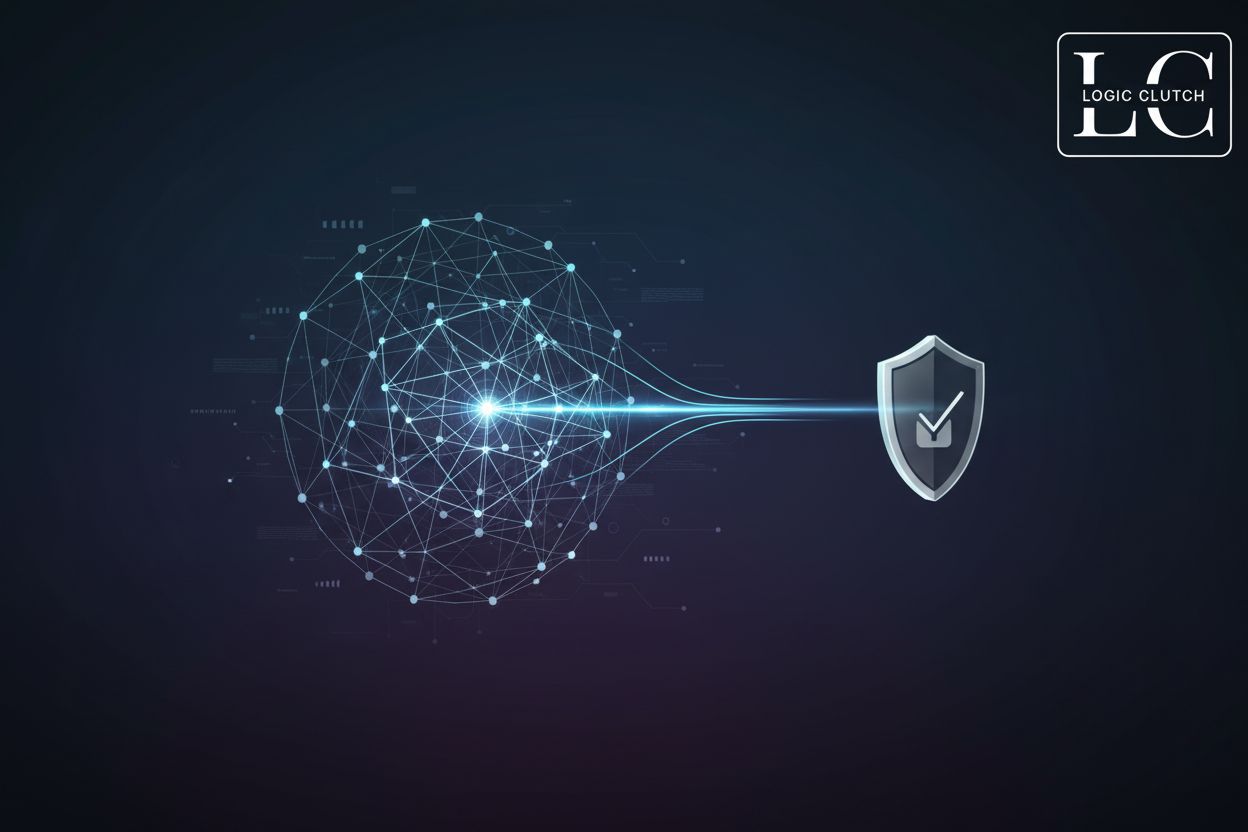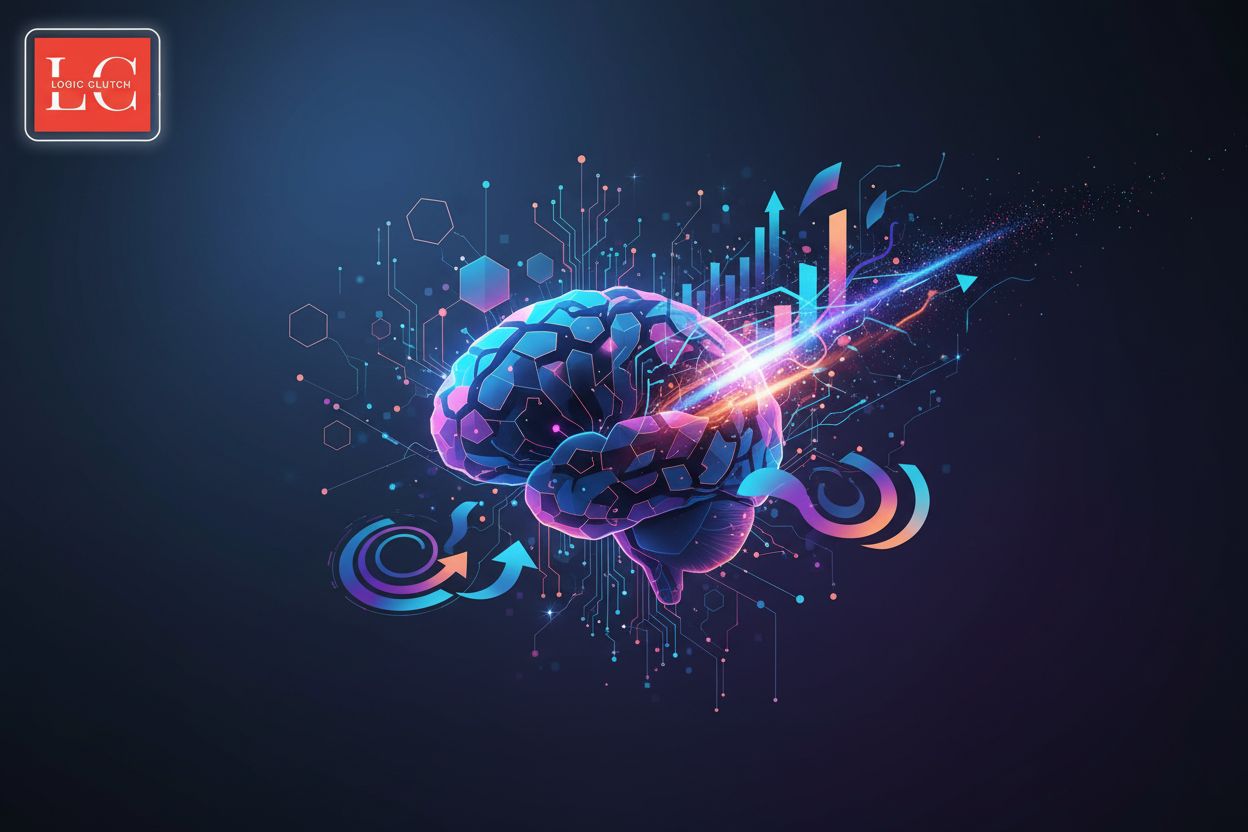Unlock Visual Insights with Salesforce Einstein Vision
TL;DR
Understanding Einstein Vision A Deep Dive
Okay, so you're probably wondering what all the fuss is about with einstein vision, right? Well, it's pretty cool. Let's dive into what makes it tick.
- einstein vision is part of the broader Salesforce Einstein ai suite, bringing machine learning to image recognition. Think of it as giving your crm eyes!
- it uses machine learning to automatically analyze images. Instead of manually sorting photos, ai does the heavy lifting.
- This automation allows for image-based analysis, streamlining processes and saving time. For example, in retail, it can automate product identification.
- Ultimately, it's suppose to enhance customer engagement and boost productivity. Imagine automatically categorizing customer-submitted photos for faster service.
Einstein Vision works by using convolutional neural networks -- or cnns -- to understand images. Salesforce Einstein Vision explains how these models operate within the Salesforce ecosystem.
Here's a peek at how it works:
Now that you have a good grasp of what Einstein Vision is, let's look at how it actually works under the hood.
Implementing Einstein Vision in Your Salesforce Environment
Ready to get Einstein Vision working for you? It's not as scary as it sounds, promise! Here's how to get started.
- First, you gotta prep your data. This means gather all the images you wanna use, and making sure they're labeled correctly. if you don't label the images properly, the model won't work.
- Next up, model training. You can either use a pre-built model from Salesforce or build your own custom one – depends on how specific you need to get. The Salesforce Einstein Vision: Advanced Image Recognition notes that the CNN's automatically detects and learns features from these images without needing explicit programming for each feature.
- Then, you gotta integrate it with Salesforce. Use those rest apis to connect your model and automate the image classification right inside your workflows.
- Finally, deploy and train your users. Make sure your team knows how to use this new tool and how it's gonna make their lives easier.
Once you got all that setup, you're golden and ready to start seeing some real results. Next, we'll look at how to actually integrate and deploy Einstein Vision.
Key Benefits of Einstein Vision for Image Classification
Wanna know how Einstein Vision can seriously boost your business game? It's all about accuracy and speed!
- ai-driven accuracy: Forget manual errors! ai models, like the ones in einstein vision, offer way more accurate image classifications of images than humans can, especially when you have tons of them.
- effortless scaling: Got more images? No problem! Einstein Vision lets you scale up your image classification without needing to hire a bunch of extra people.
- wide industry uses: Think spotting defects in manufacturing, quickly processing insurance claims, or organizing products on retail shelves, it's the way forward.
So, how does this look in practice? Imagine a manufacturing plant using image analysis to catch tiny product flaws way faster than any human inspector could.
Next, let's look at how this tech improves customer experiences through real-time analysis.
Use Cases Across Industries
Einstein Vision isn't just for tech giants; it's changing the game across industries! let's see how.
- Retail: Imagine using image recognition to keep tabs on stock levels and shelf displays. Automating alerts for low-stock items becomes a breeze, ensuring you never miss a sale.
- Healthcare: Einstein Vision can analyze medical images, like x-rays, to help doctors detect diseases earlier and improve diagnostic accuracy. Pretty neat, huh?
- Manufacturing: Catching defects on production lines? ai can do it, ensuring consistency and cutting down on waste.
- E-commerce: Visual search is the future! Upload an image, and bam, the platform suggests similar products.
Ready to see how it boosts customer experiences?
Overcoming Challenges and Future Trends
Einstein Vision ain't perfect, but how can we make it better? Let's tackle the speed bumps and peek at what's next.
Data quality and labeling accuracy is a biggie. If your training data is a mess, your model will be too. Think garbage in, garbage out.
Model performance monitoring and optimization is also super important. You can't just train a model and forget about it, you know? You gotta keep an eye on it, and tweak it as needed.
- Making sure all the images are labeled correctly is key, otherwise the model gets confused.
- Continuously monitoring the model helps to ensure it stays accurate over time, especially with shifting data patterns.
Advancements in ai and machine learning are constantly pushing the boundaries. Expect better accuracy, faster processing, and new applications we haven't even thought of yet.
Integration with other Salesforce Einstein capabilities is also on the horizon. Imagine combining vision with language processing for even smarter insights.
The image recognition market is growing, with projections reaching $13.72 billion, according to a recent market analysis.
So, what's next? We'll wrap things up with a quick summary of everything we've covered.
Conclusion
Einstein Vision, huh? It's pretty powerful stuff, but what's the takeaway?
- Einstein Vision is great at automating image analysis, which means less manual work and faster insights. Think automatically categorizing customer images for quicker service, as mentioned earlier.
- It helps improve operational efficiency across sectors. For example, retailers can manage inventory better by scanning shelves, and healthcare providers can streamline diagnostic processes.
- The integration of ai into your crm can seriously boost customer interactions by personalizing experiences, like recommending products based on uploaded images.
So, ready to harness the power of visual data?
